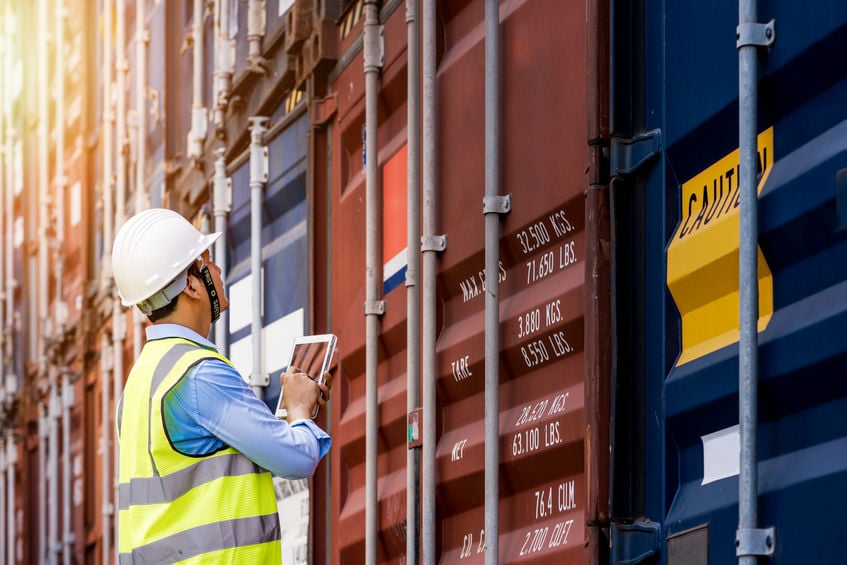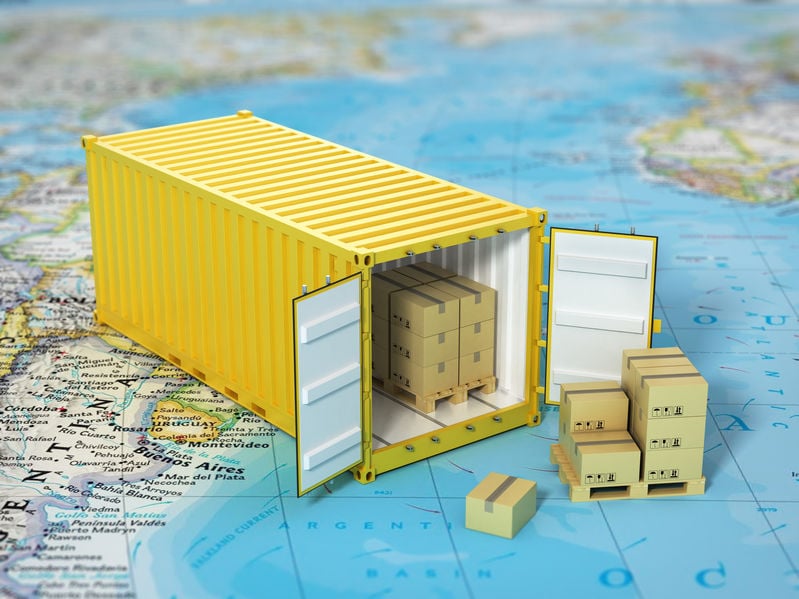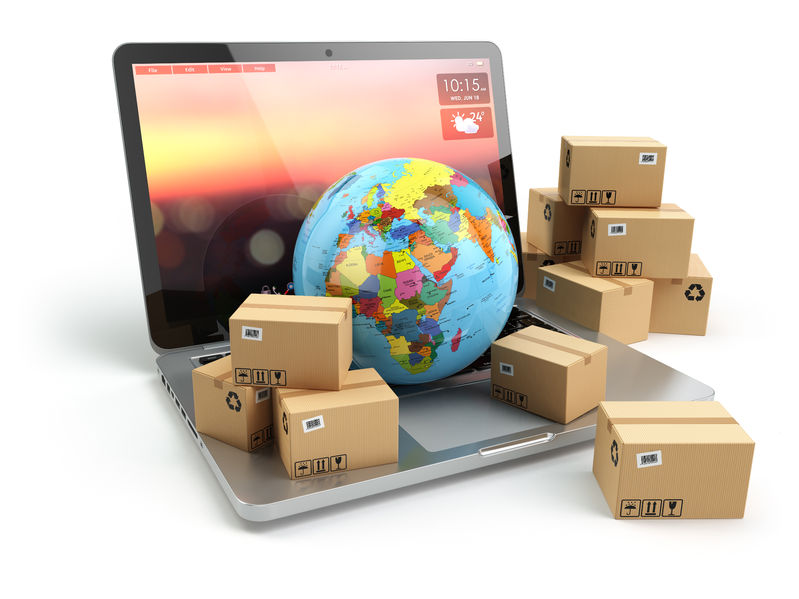Single Window Initiative (SWI) - Survival Guide for Health Canada (HC) Medical Devices program
%20Medical%20Devices%20program.png)
The new SWI landscape The Single Window Initiative means several changes for importers:
5 factors affecting transportation costs and pricing

Transportation is a big part of the logistics picture. Freight can represent 50% of your logistics cost and up to 10-20% of your retail price. In a world of “free shipping” every importer knows that freight is not free.
6 ways smart trailers are changing the trucking industry

What is a smart trailer? Smart trailers are any type of trailer, from flatbed to reefer, integrated with technology providing insight into the status of the truck and its cargo.
Freight forwarder vs. Customs broker: what’s the difference

When you’re importing products, understanding what kind of service provider (or providers) you need can be confusing. Do you need a freight forwarder? A customs broker? Both?
CARM 101: everything you need to know

What is CARM? The CBSA’s Customs Assessment and Revenue Management (CARM) project is a multi-year initiative that will transform the collection of tax and duty for goods imported into Canada.
Single Window Initiative (SWI) - Survival Guide for Fisheries and Oceans Canada (DFO-MPO) Aquatic Biotechnology Program

The new SWI landscape The Single Window Initiative means several changes for importers:
5 logistics essentials for retail companies

The entire world is adapting to the new and shifting realities of the coronavirus pandemic—including retail businesses.
CARM’s impact on importers

CARM, the CBSA’s Customs Assessment and Revenue Management project represents some significant changes to how importers go about the business of importing.
Single Window Initiative (SWI) - Survival Guide for Fisheries and Oceans Canada (DFO-MPO) Trade Tracking Program
2020.png)
The new SWI landscape The Single Window Initiative means several changes for importers:

Latest Articles
- Watch out for these extra charges on your freight bill
- Key differences between duty drawbacks and duty refunds for importers
- Mitigating container shortages and rising shipping prices for ocean imports
- How Canadian importers benefit from end use tariff codes and conditional relief
- The benefits of operating as a Non-Resident Importer in Canada
